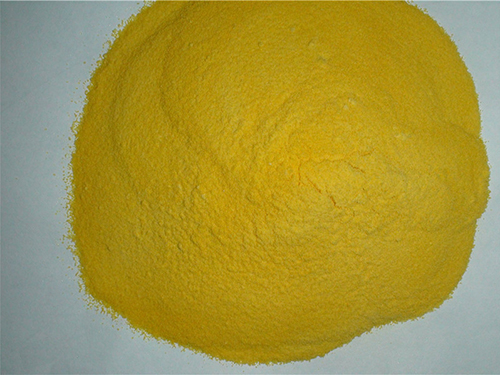Exploring the Applications and Properties of Diethylene Triamine Pentacetic Acid
The Versatile Applications of Diethylene Triamine Penta (DTPA)
Diethylene Triamine Penta (DTPA) is a compound that has become increasingly significant in various industrial, environmental, and medical applications. This chelating agent, notable for its ability to bind to metal ions, has enabled advancements in diverse fields, making it a topic of interest for researchers, manufacturers, and environmental scientists alike.
Chemical Properties and Structure
DTPA is a pentadentate chelating agent, meaning it has five binding sites that allow it to attach to metal ions. This distinctive structure enables DTPA to form stable complexes with trivalent metal ions such as iron, zinc, and lead. The robustness of these complexes makes DTPA particularly valuable in controlling metal ion concentrations in various processes, contributing to its usage in multiple sectors.
Industrial Applications
In industrial settings, DTPA is widely used in water treatment processes. Its chelating properties help to remove harmful metal ions from water, thereby improving water quality for both human consumption and industrial use. By sequestering metals, DTPA can prevent the precipitation of metal salts and reduce scaling in pipes and machinery, which enhances operational efficiency.
Additionally, DTPA finds applications in the pulp and paper industry, where it acts as a stabilizer for paper bleaching processes. It helps to maintain proper levels of bleach while minimizing the adverse effects of metal ions, ensuring brighter and higher-quality paper products. Thus, DTPA contributes to the overall sustainability of the paper industry by enabling the use of environmentally friendly bleaching agents.
Environmental Applications
diethylene triamine penta

The environmental implications of DTPA are significant. Its ability to bind heavy metals is exploited in remediation projects aimed at cleaning contaminated sites. When applied to polluted soils or waters, DTPA can extract heavy metals, making them easier to remove or stabilize. This functionality is critical in addressing pollution from industrial sites, mining operations, and other sources of heavy metal contamination.
Furthermore, DTPA is sometimes used in agriculture to improve nutrient availability in soils. By chelating micronutrients like iron and zinc, DTPA ensures that plants can absorb these essential nutrients more effectively, promoting healthier growth and higher crop yields. This characteristic is especially helpful in alkaline soils where nutrient availability is limited.
Medical Applications
Apart from its industrial and environmental uses, DTPA has found a niche in the medical field. It is utilized in nuclear medicine for the diagnosis and treatment of certain conditions. Specifically, DTPA is involved in radiopharmaceuticals, helping to visualize organ function and assess various diseases. Its ability to chelate radioactive isotopes makes it invaluable in imaging techniques, including kidney scans.
Moreover, DTPA is used in chelation therapy, a medical procedure designed to remove heavy metals from the body. In cases of heavy metal poisoning—such as lead or mercury poisoning—DTPA can bind to the metals present in the bloodstream, facilitating their excretion from the body. This application underscores DTPA's role not only in medicine but also in safeguarding public health.
Conclusion
In conclusion, Diethylene Triamine Penta (DTPA) exemplifies the multifaceted applications of chelating agents. From industrial processes and environmental remediation to medical diagnostics and treatments, DTPA plays a critical role across various sectors. As industries strive for safer and more sustainable practices, the significance of compounds like DTPA is likely to grow, emphasizing the need for continued research and innovation in their applications. The versatility and effectiveness of DTPA in binding metal ions make it an essential tool in our ongoing efforts to improve environmental health, industrial efficiency, and public safety.
-
Water Treatment with Flocculant Water TreatmentNewsJun.12,2025
-
Polymaleic AnhydrideNewsJun.12,2025
-
Polyaspartic AcidNewsJun.12,2025
-
Enhance Industrial Processes with IsothiazolinonesNewsJun.12,2025
-
Enhance Industrial Processes with PBTCA SolutionsNewsJun.12,2025
-
Dodecyldimethylbenzylammonium Chloride SolutionsNewsJun.12,2025





